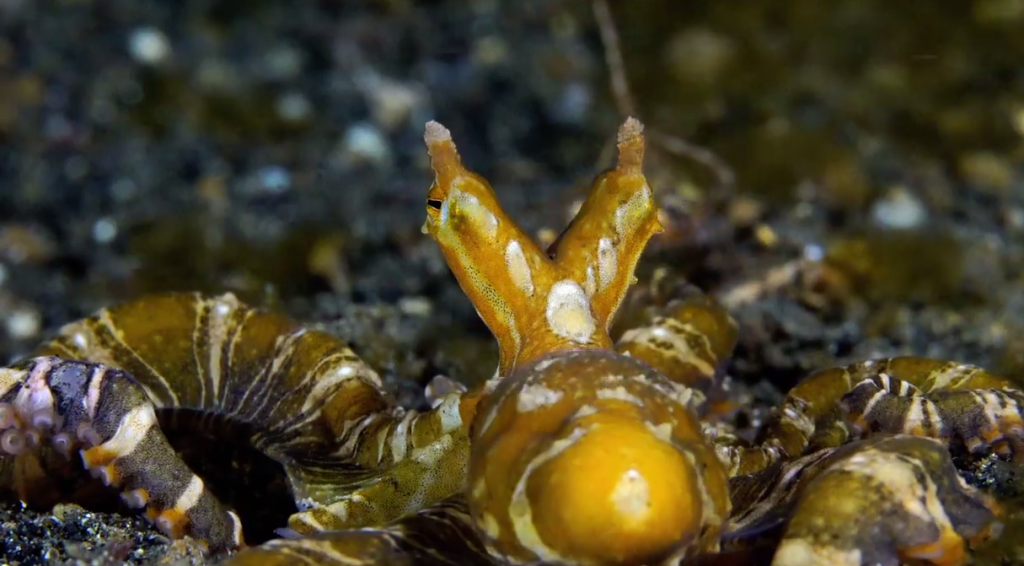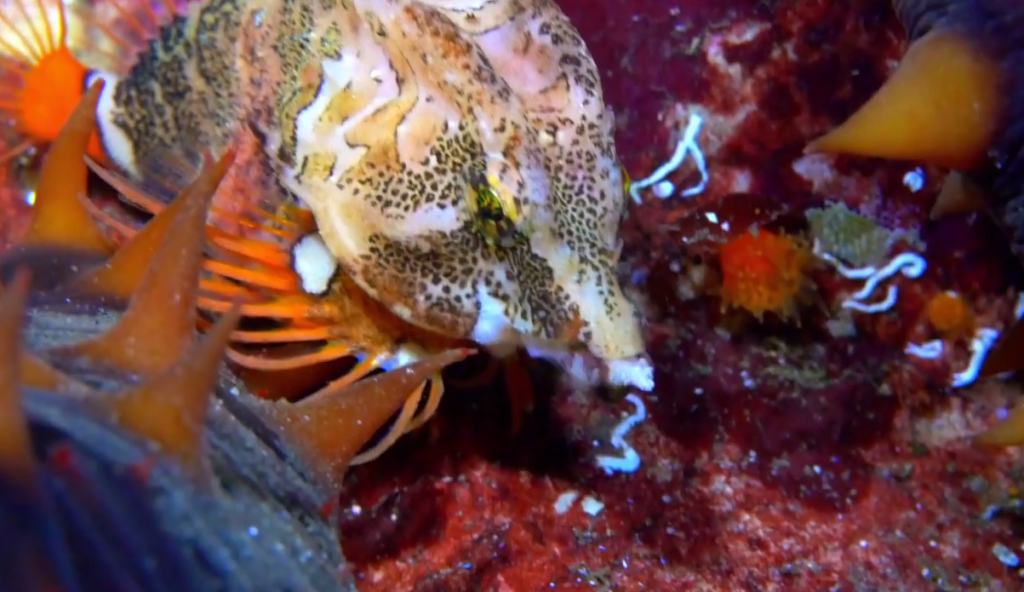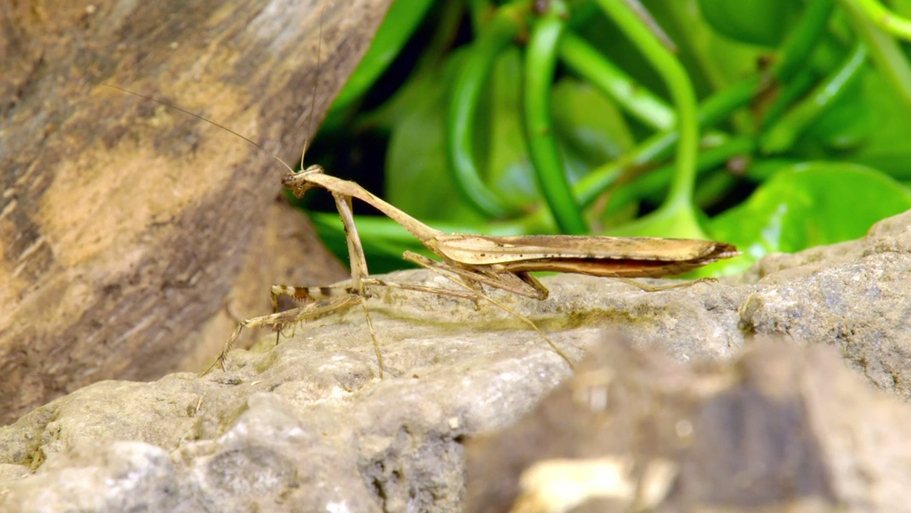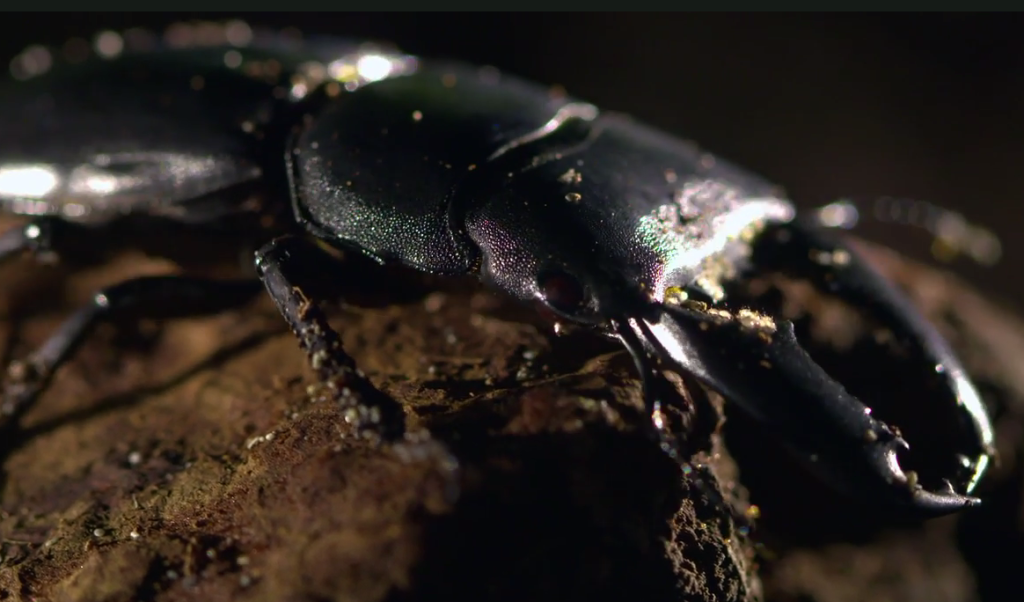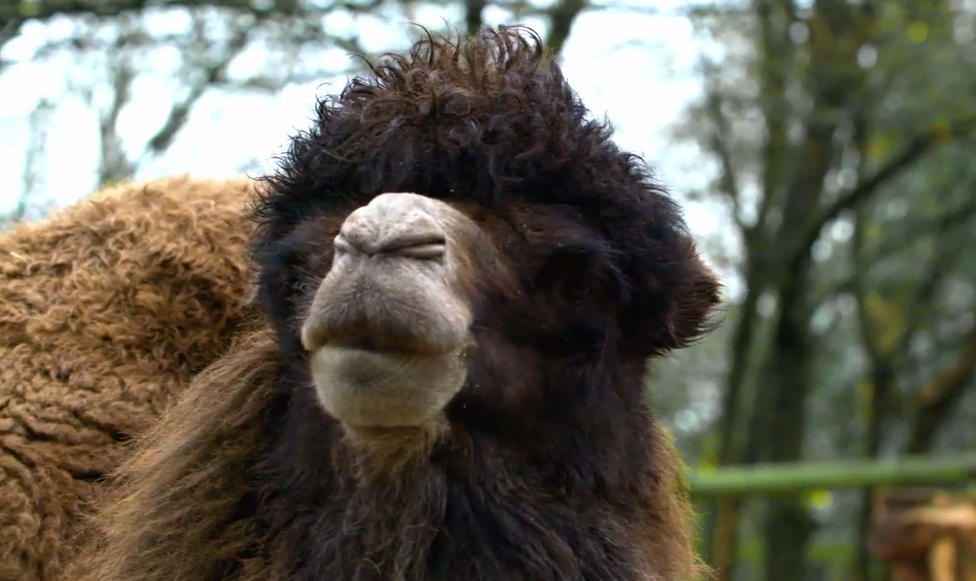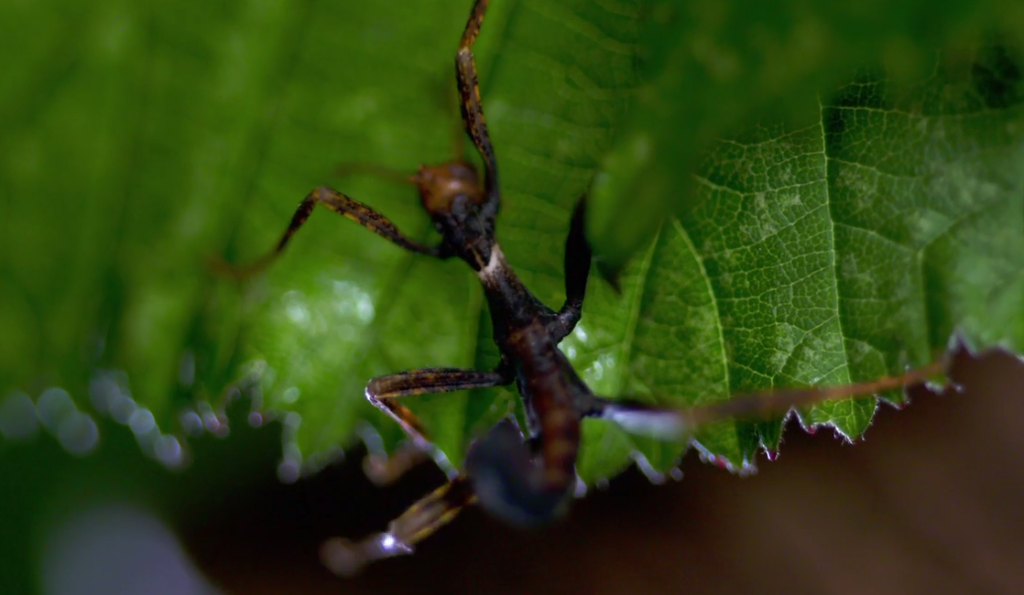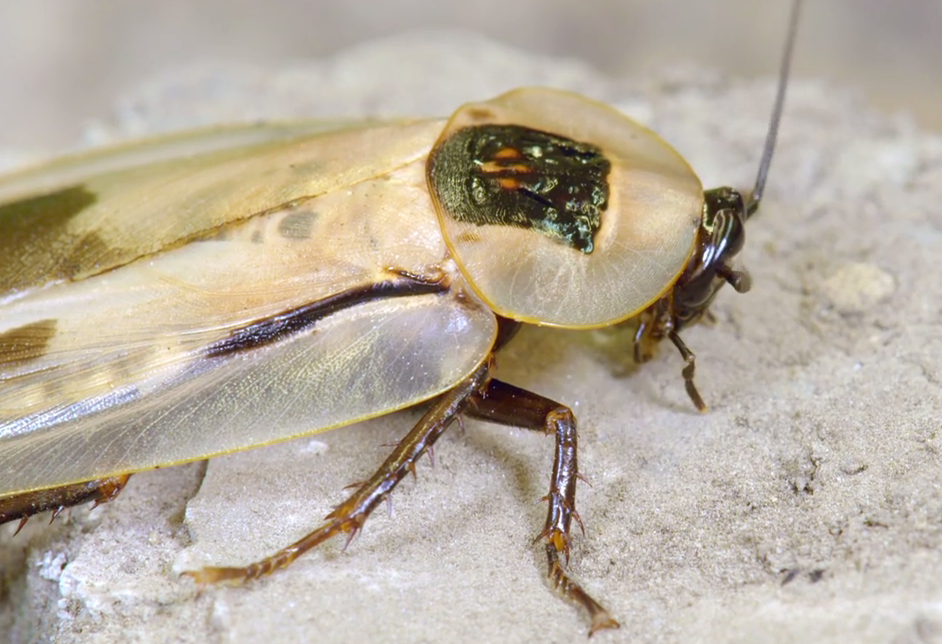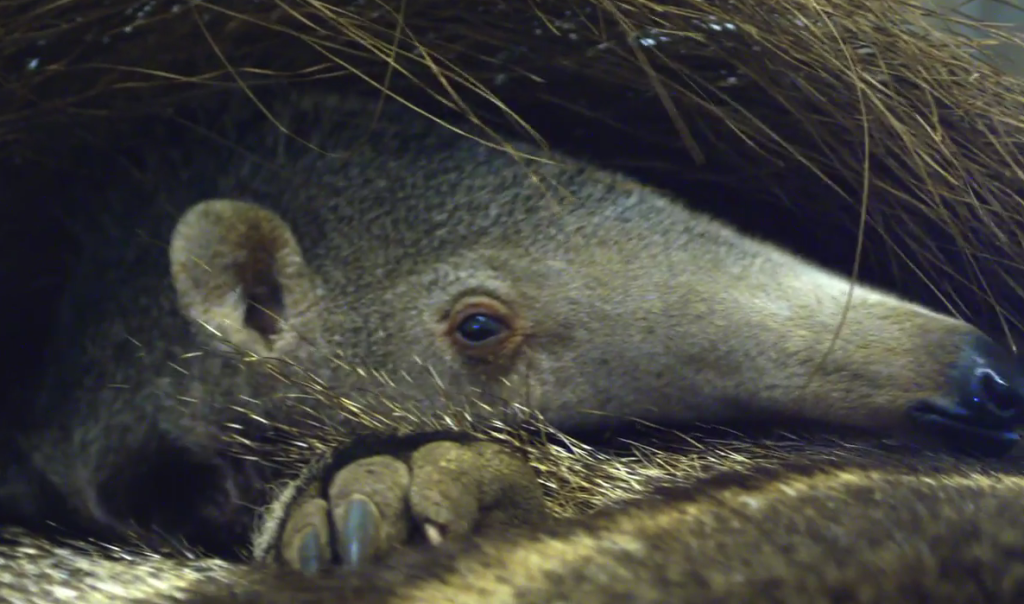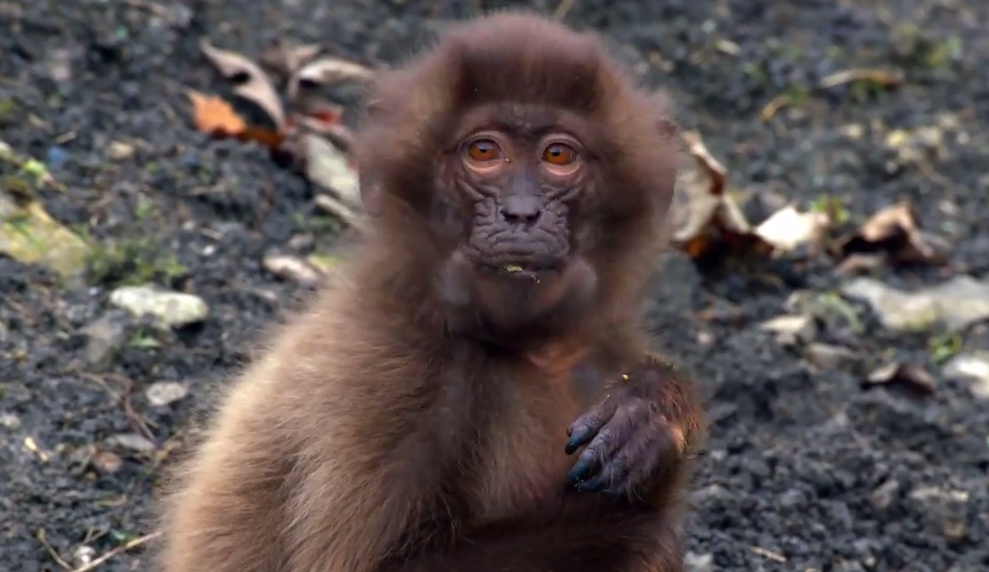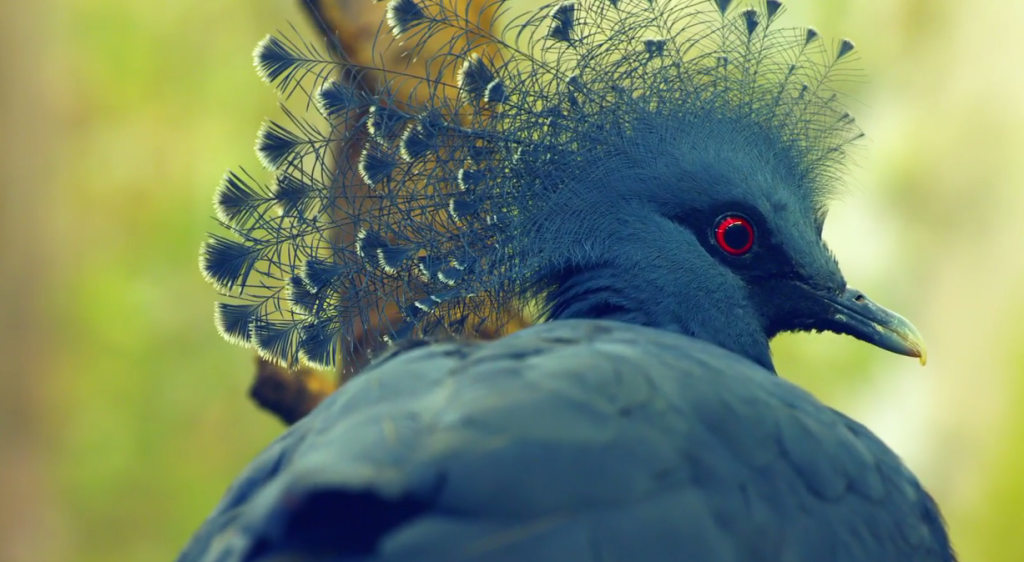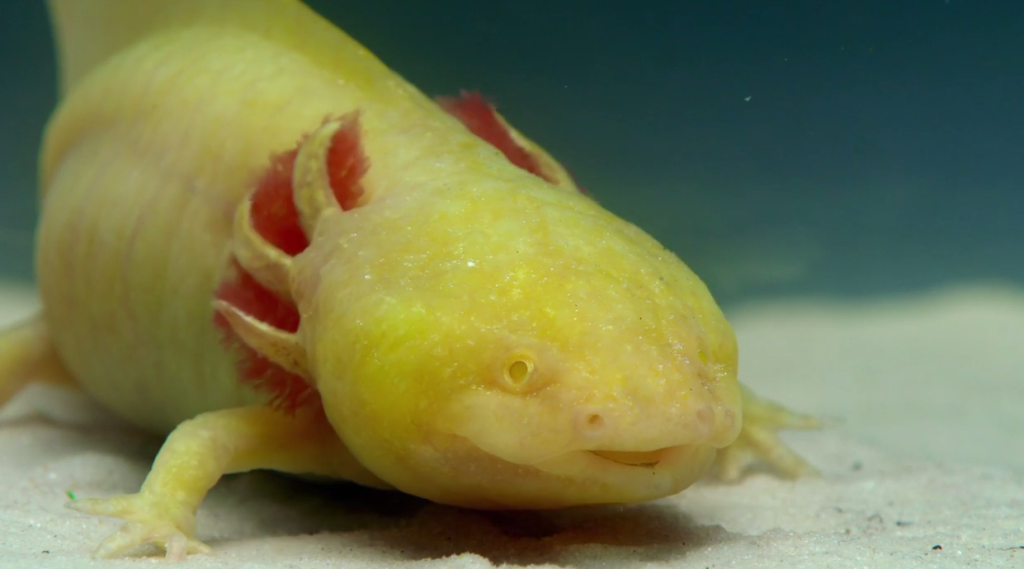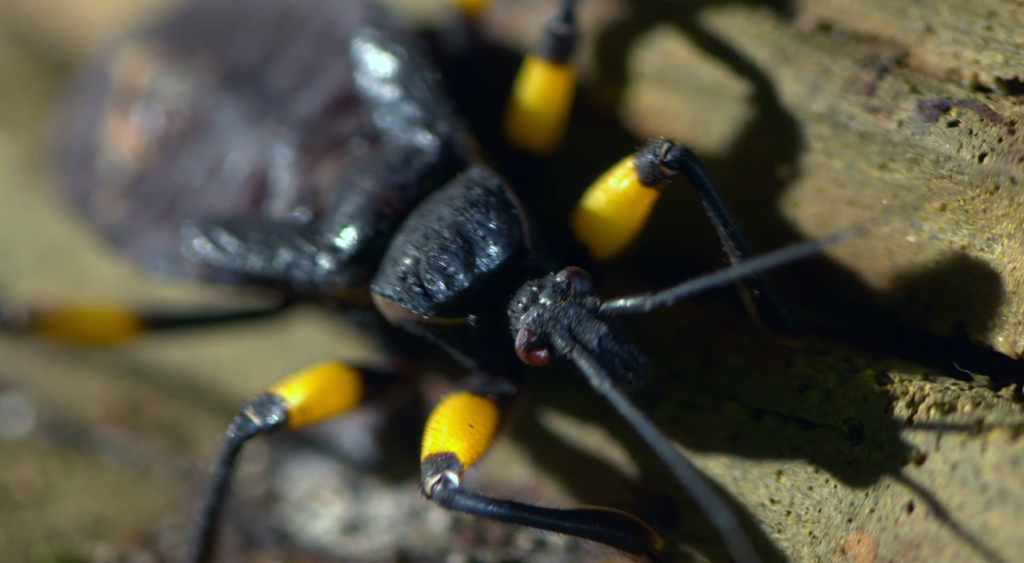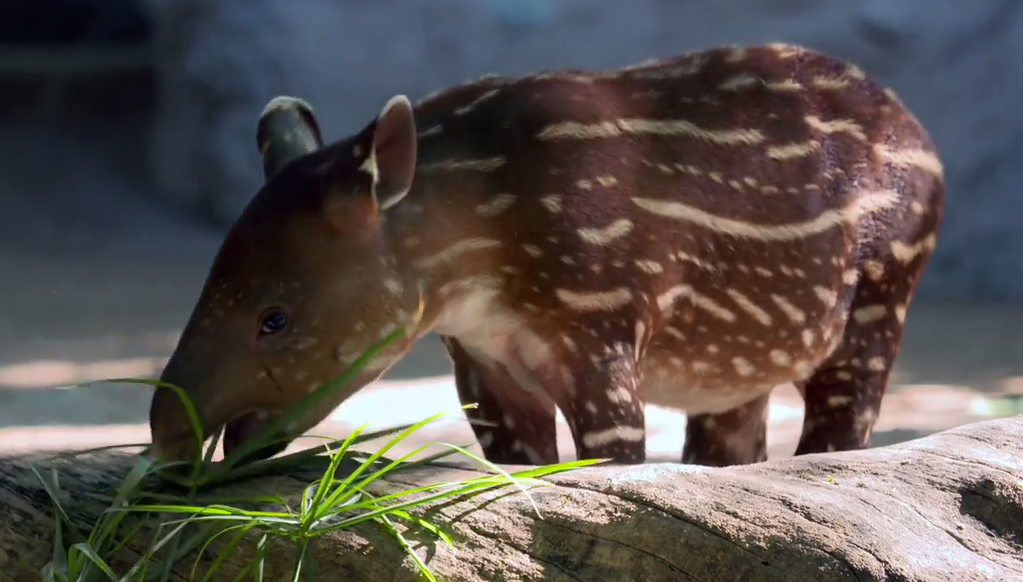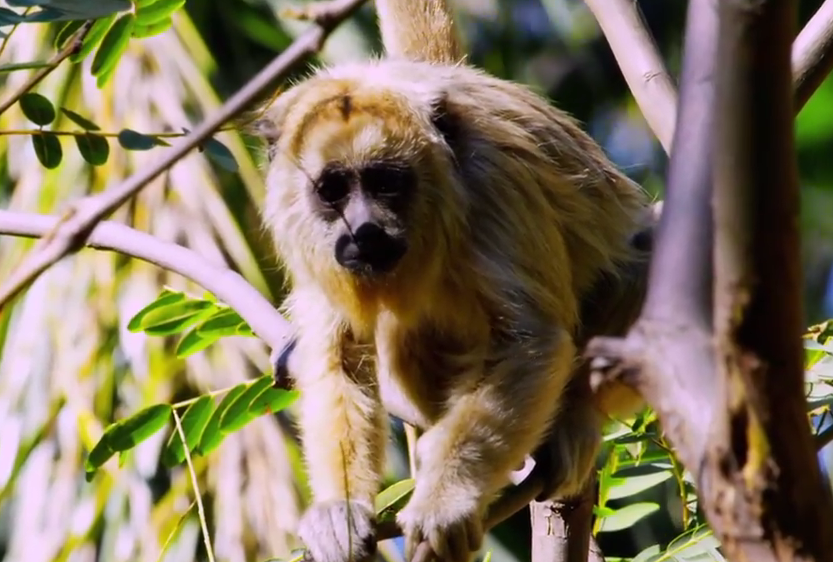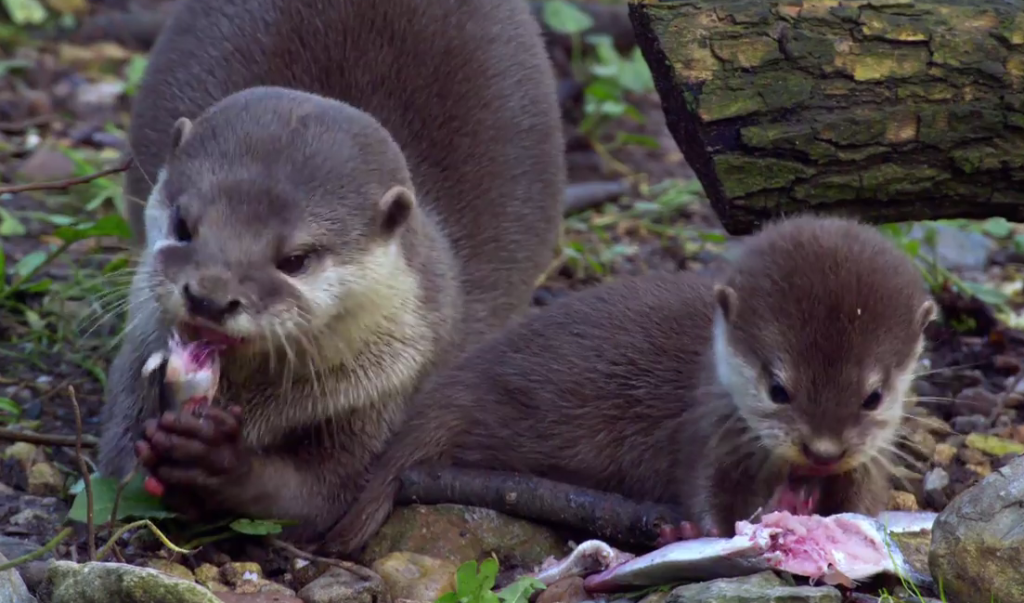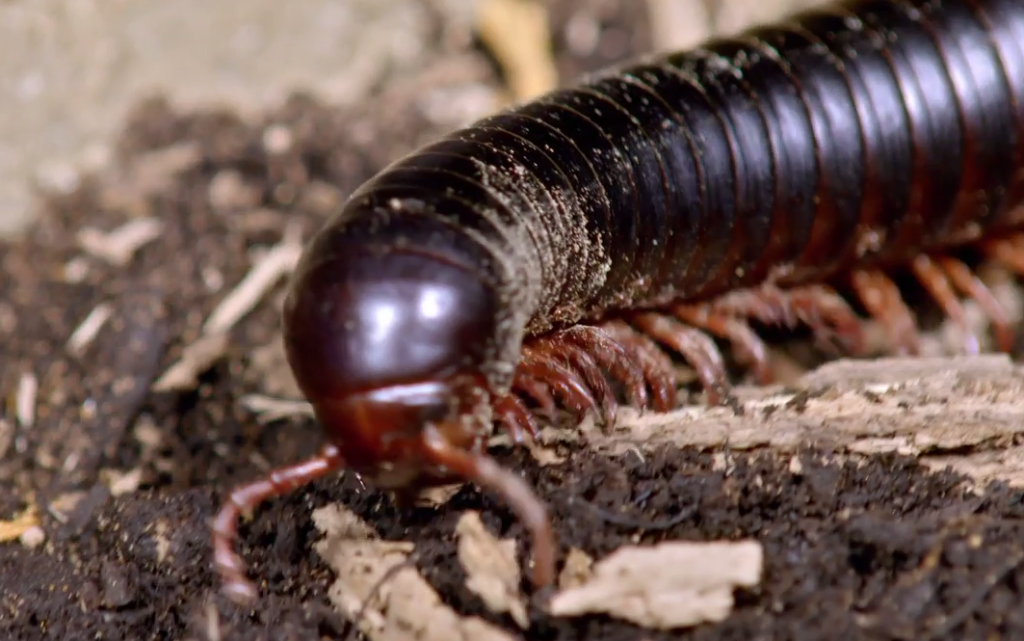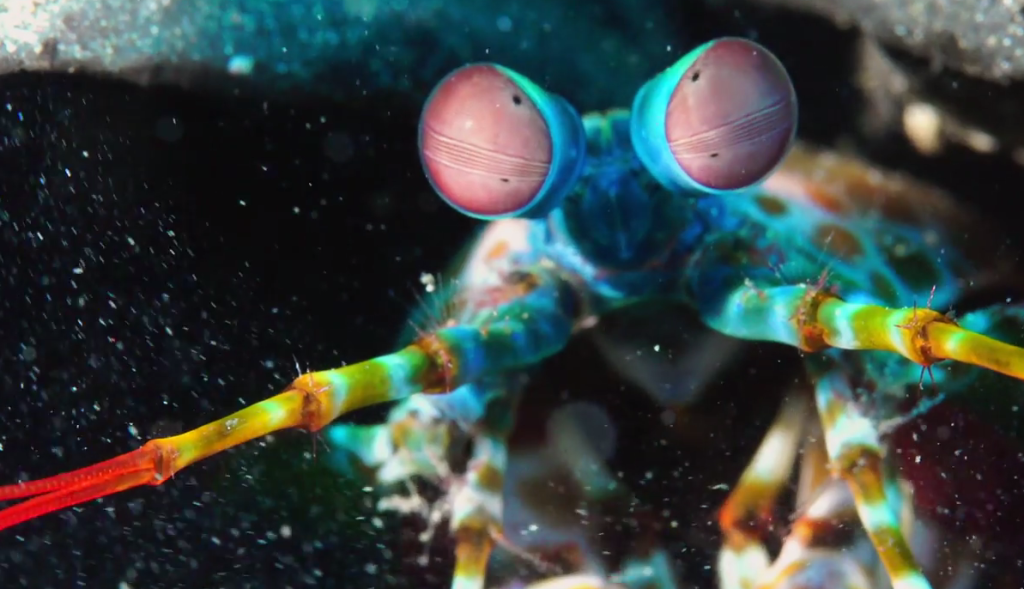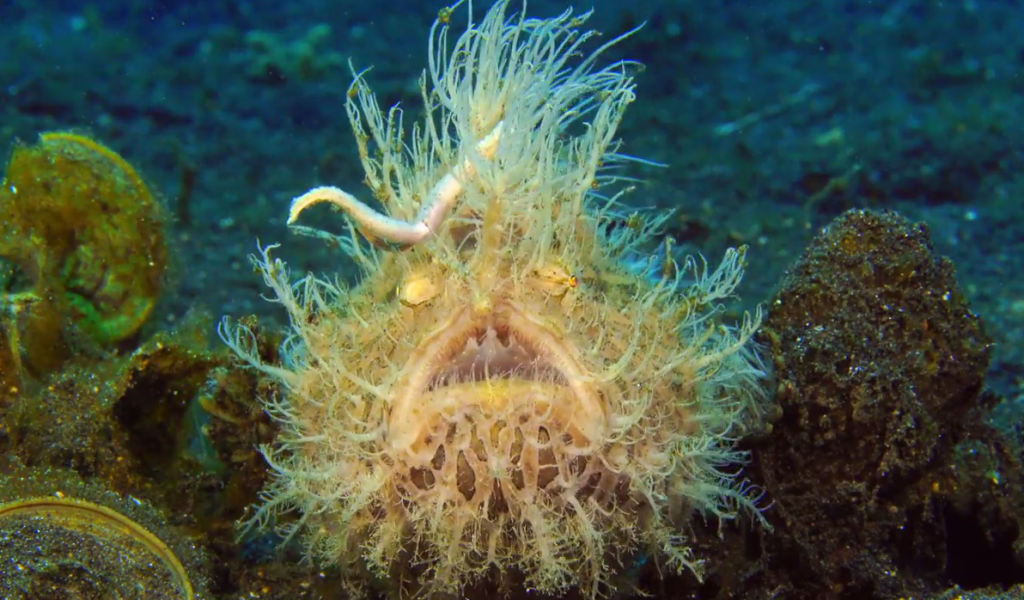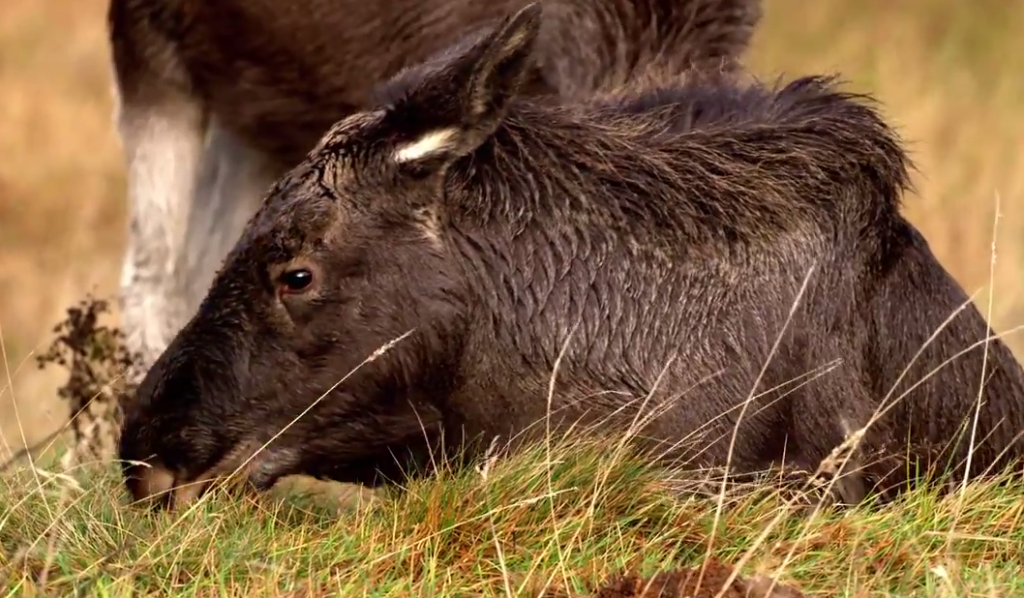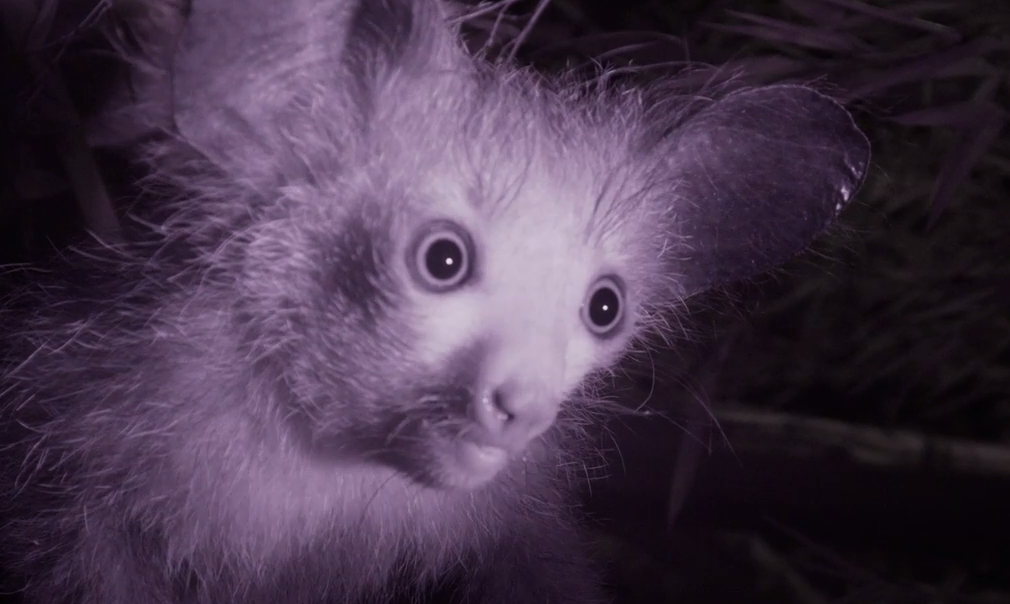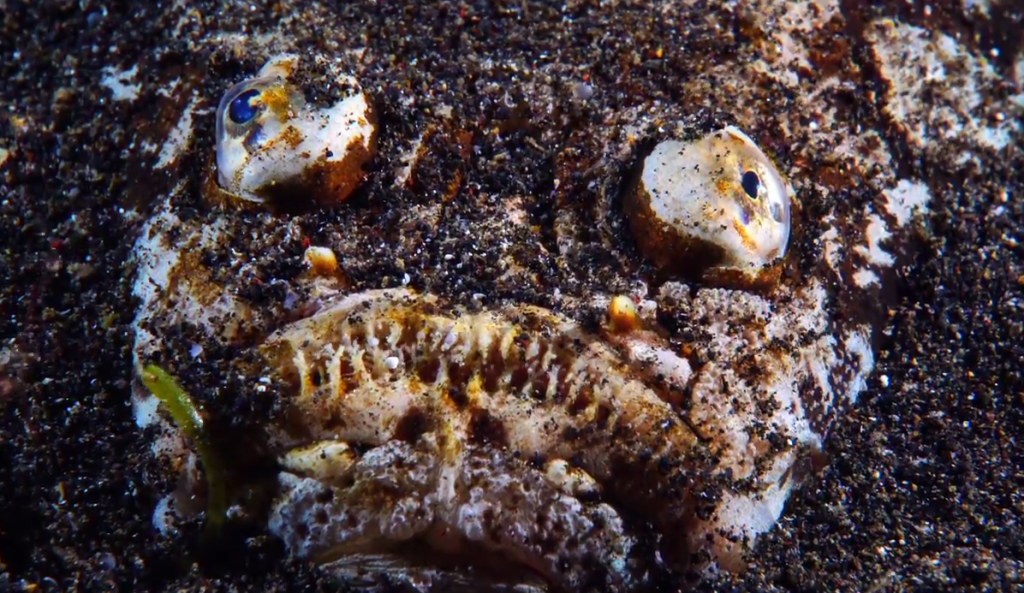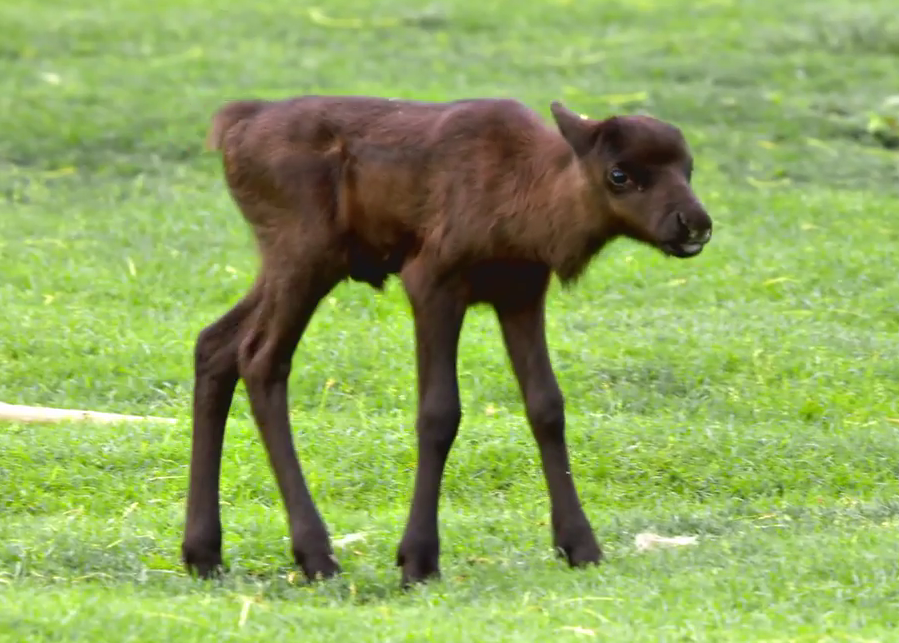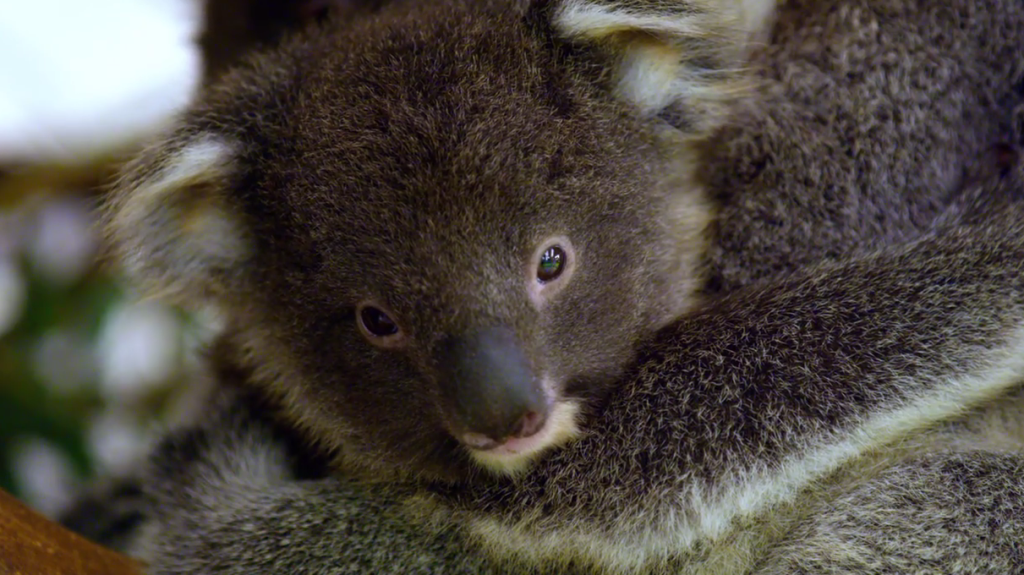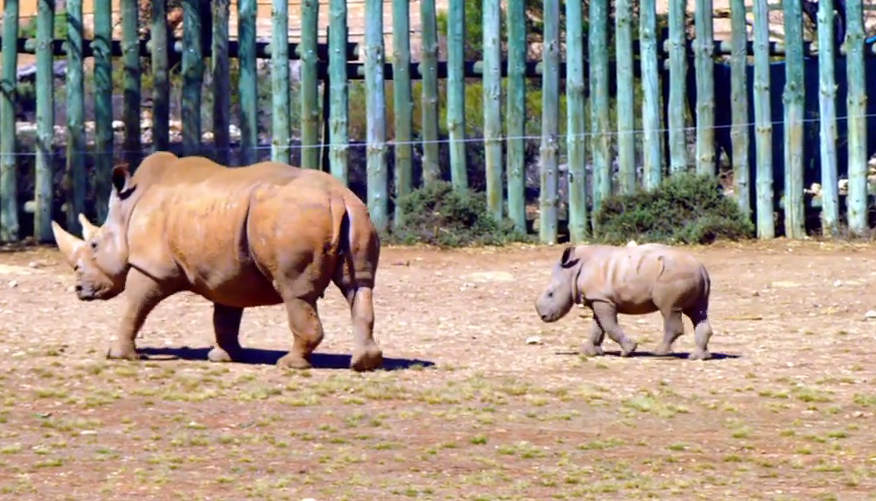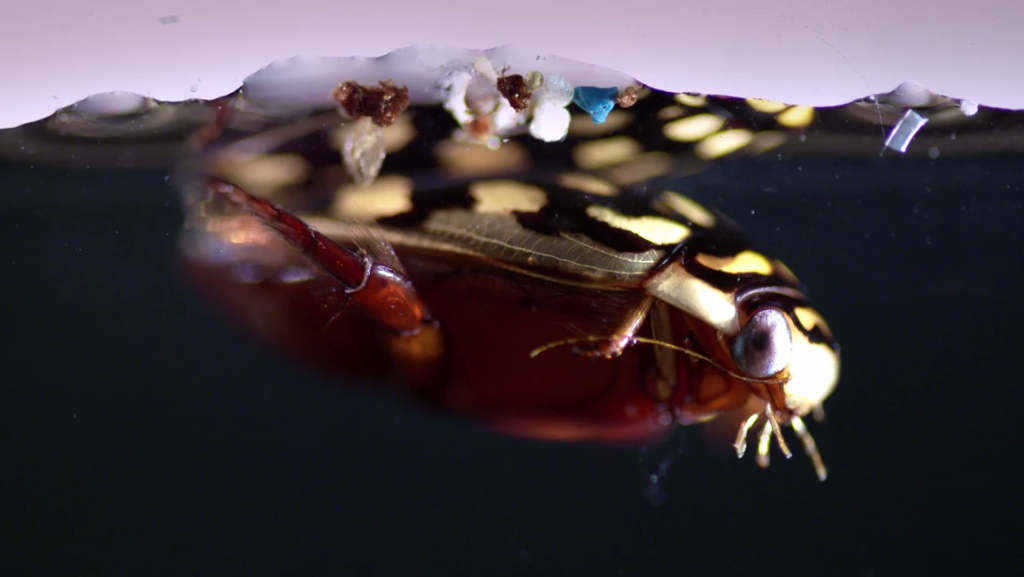Strange creatures: the wonderpus octopus
Humans have fingerprints, the elusive wonderpus octopus has white spots on its head and is distinctive to each. Also known as wunderpus photogenicus, this remarkable creature has three hearts and jet propulsion-like strength. Octupuses are great problem solvers and can even open bottles.
Strange creatures: the grunt sculpin
The grunt sculpin got its name not from how it looks, but from the sound it makes. It has a massive head that makes up half of its body size and even though it’s technically a fish, it doesn’t have scales. Rather, it has small plates which are covered in tiny spines for armour.
Strange creatures: the peacock mantis
The peacock mantis, like other mantises, can rotate its head 180 degrees because of a flexible joint between its head and thorax. This is great for hunting as is its two large compound eyes that give a wide field of vision. Its ear, on the other hand, and that’s singular, is on the underside of … Continued
Strange creatures: the stag beetle
Their bark is worse than their bite. Although the male jaws of a stag beetle can be half of its overall body length, its mostly for show. The real fight is between males of the same type when competing for a suitable dead tree or stump for females to lay eggs.
Baby animals: Bactrain camels
Bactrain camels are made for the desert. Literally. Their large, even-toed feet allow for steady footing in uneven terrain in central Asian deserts. They even have extra eyelashes, can close their nostrils, and have hair-lined ears all for protection during sandstorms.
Strange creatures: stick insects
The giant stick insect may not have usable wings, a stinger, or even bite, but its special ability to disguise itself among trees and plants is unbelievable. Covered in defensive spines in case of an attack, the stick insect can curl its tail to appear as if its a scorpion and the females have a … Continued
Strange creatures: the giant cave cockroach
Unlike most invertebrates, the giant cave cockroach has a lifespan of two years. This is due to the insect’s amazing immunity, one that can fight off fungal infections by producing antibodies time and time again. This 8 cm long and 2-and-a-half cm wide creature prefers to live in colonies of about 200—and don’t worry, they’re … Continued
Baby animals: giant anteaters
Giant anteaters may be funny to look at, but they were built to fight and are armored with extremely sharp claws. Labeled vulnerable in the wild, these furry creatures weigh roughly 45 kilograms and have unusually large snouts and tongues. The better to smell you with, my dear. Their sense of smell is 40 times … Continued
Baby animals: gelada baboons
Humans can learn a thing or two from gelada baboons. Female geladas won’t put up with any nonsense from the males within their blended families, which are often filled with many distinct personalities. At the Dudley Zoo, they are a small family, but in the wild in the high mountain meadows of Ethiopia, foraging families … Continued
Strange creatures: crazy craniums
From the royal spoonbill with their spoon-shaped bills to the preening and parading Victoria crown pigeon, these distinctive birds all have peculiar and eye-catching characteristics.
Strange creatures: the axolotl
Although certain species, like lizards and spiders, can regrow parts of their bodies just the same, the axolotl can regrow certain areas that no other organism can. Cellular regeneration within brain tissue, jaws, internal organs, and parts of their spines has scientists truly amazed.
Strange creatures: the assassin bug
They weren’t given the name assassin for nothing. The assassin insect, also known as the kissing bug, includes 7,000 species and has a distinct method of hunting and killing its prey. Take care while sleeping—you don’t want a visit from this particular kissing species. But they’re not all bad; they serve some very important functions, … Continued
Baby animals: bear tapirs
You’re not likely to find the endangered bear tapir in the wild. Only 5500 of them remain in the wild making them a pretty rare sight. That is unless you visit the Reid Park Zoo in Tucson, Arizona. Oh, and they like to eat poop.
Baby animals: black howler monkeys
At the Santa Ana Zoo, a troop of black howler monkeys are a close-knit bunch. The slow pace of life is similar at the zoo as it would be in the wild except for the fact that they’re endangered in the wild.
Baby animals: Asian small-clawed otters
When they’re first born, Asian small clawed otters weigh roughly 50 grams, the smallest otters out of the 13 species of otters found worldwide. Their survival tactic is to stick together and to maintain strong family ties.
Strange creatures: millipedes
Giant African millipedes may look scary, but they’re really just nature’s hippies. The multi-legged night crawlers are plant lovers and are the oldest known land creatures dating back at least 420 million years. The monster-sized millipedes grow in size and in number of legs as they feed and can drop their legs if predators attack. … Continued
Strange creatures: the peacock mantis shrimp
Don’t be fooled by the peacock mantis’s stunning colouring, the bottom crawler is known to be one of the ocean’s most aggressive hunters. It was built to fight and can strike a deadly blow in a fraction of a second.
Strange creatures: the frogfish
Despite its name, the frogfish is all fish. The hairy invertebrate may prefer to blend in with its surroundings and move slowly along the ocean floor using its fins as little feet, but its bite is impressively quick. It can open its mouth, swallow its prey, and shut its jaw in 6 milliseconds, faster than … Continued
Baby animals: moose
European elk were extinct in the British Isles until 2007. Twin elk born at the Highland Wildlife Park doubled the species’ population in one fell swoop.
Strange creatures: the aye-aye
The aye-aye is a nocturnal lemur that can be found in the treetops of Madagascar—and it’s seen as a bad omen. Its long, bony witch-like middle finger has created a legend in local folklore and usually results in the animal’s instant demise should it be spotted in the wild.
Strange creatures: the stargazer
With its skull-like appearance, the stargazer fish has a specialized organ behind its eyes that can produce an electric shock that stuns and incapacitates its prey. It lives throughout the Indian and Pacific Oceans in relatively shallow waters and hunts at night.
Baby animals: reindeer
Reindeer, also known as caribou, are the only species of deer in which females have antlers. The antlers develop within two to three weeks of being born and are the second largest antlers of any deer after moose. In the wild, reindeer calves learn the herd mentality since they’re at their safest in large numbers.
Baby animals: polar bears
When their mother died from her injuries, 11-month-old twin male polar bear cubs Eli and York were flown from the Arctic to the Assiniboine Park Zoo in Winnipeg, Manitoba. Although they may not have survived in the wild without their mother for guidance, the cubs are flourishing at the zoo.
Baby animals: koalas
Eucalyptus leaves might be highly poisonous to humans, but koalas have a long gut with special bacteria that can metabolize the toxins. The Caversham Wildlife Park in Perth, Australia houses a tight-knit koala clan that can sleep up to 22-hours per day based on their diet rich in eucalyptus leaves.
Baby animals: rhinos
Thanks to strong conservation efforts, the population of white southern rhinos has been brought back from the edge of extinction and continues to grow. The Monarto Zoo in southern Australia is the largest open range zoo in the country and it protects its rhinos from poachers that are after their horns, which can sell for … Continued
Strange creatures: the sunburst diving beetle
Those aren’t crystals you’re seeing. They’re oxygen bubbles that the sunburst diving beetles bring with them from the surface of the water. Only 2 and a half cm long at most with legs that move in sync like a rowboat, the beetles lurk below the surface of warm ponds and streams in the American Southwest.

